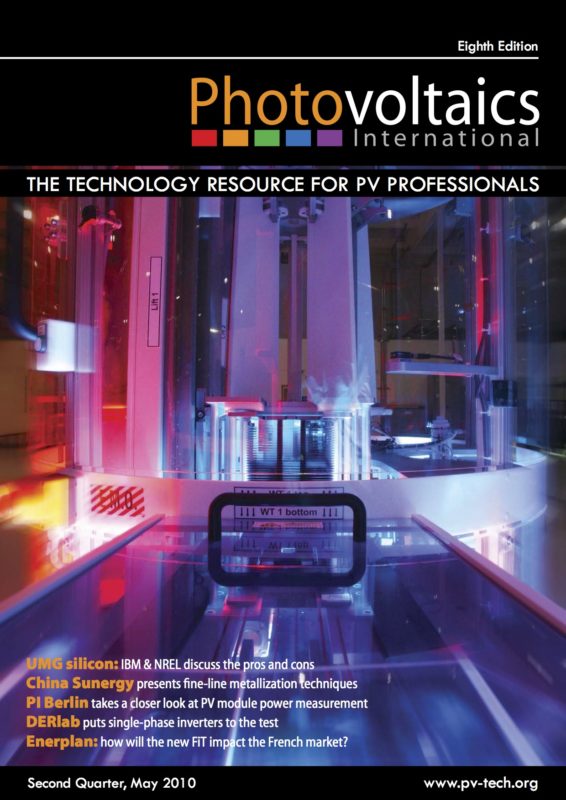By Mark Osborne, Senior News Editor, Photovoltaics International
Multicrystalline wafers are the workhorse of the PV industry, with approximately 60% of crystalline silicon solar cells made from the substrate. They offer cost advantages in the form of good conversion efficiencies, which should continue to improve as cell technology advances continue. However, wafer prices were acutely impacted by the fall in PV market demand in late 2008, which continued through most of 2009. With relatively high capital costs, continued pricing pressures and calls for greater quality and control, wafer producers are now set on a course that requires rigorous and sustainable production cost-reduction strategies to meet customer requirements. This paper focuses on strategies that can be adopted to address this need for tighter quality specifications that reduce manufacturing costs downstream and boost cell conversion efficiencies.



